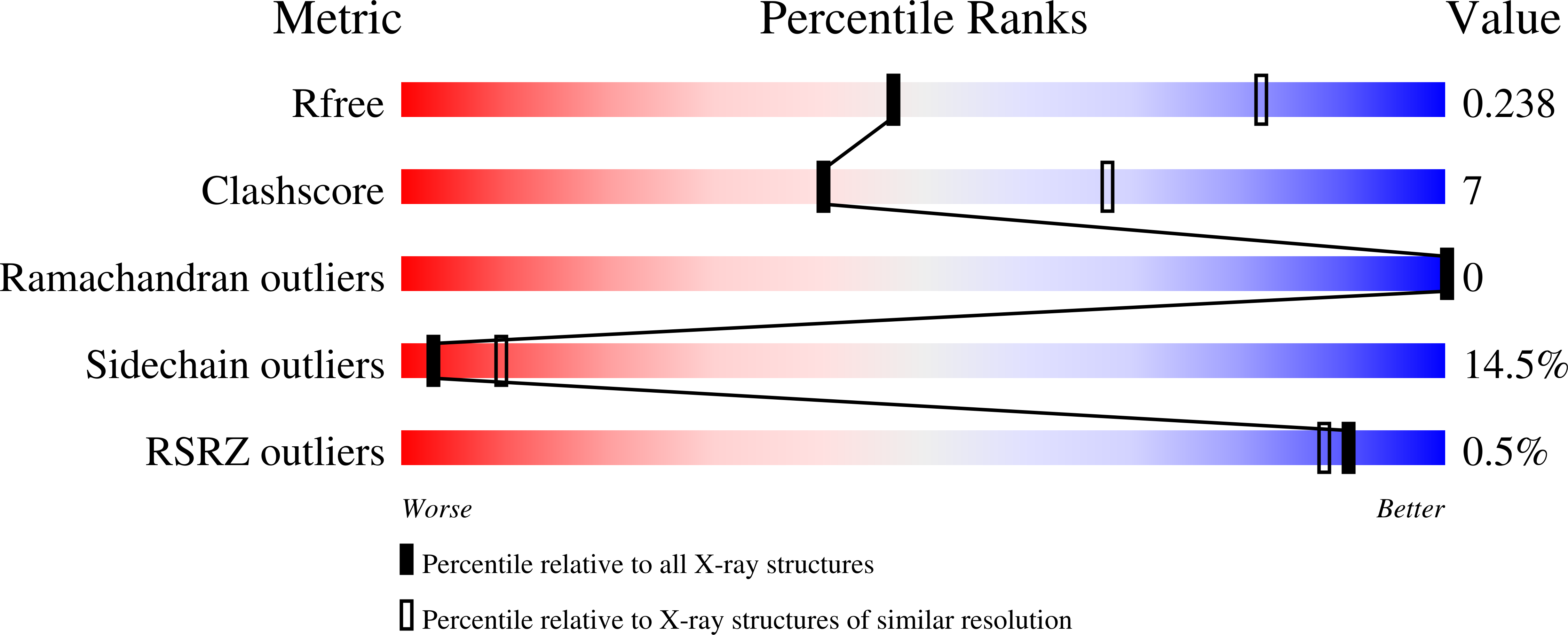
Deposition Date
2023-04-13
Release Date
2024-03-20
Last Version Date
2024-12-11
Entry Detail
PDB ID:
8OR7
Keywords:
Title:
Structure of a far-red induced allophycocyanin from Chroococcidiopsis thermalis sp. PCC 7203
Biological Source:
Source Organism:
Chroococcidiopsis thermalis (Taxon ID: 54299)
Host Organism:
Method Details:
Experimental Method:
Resolution:
2.80 Å
R-Value Free:
0.24
R-Value Work:
0.17
R-Value Observed:
0.18
Space Group:
P 63


